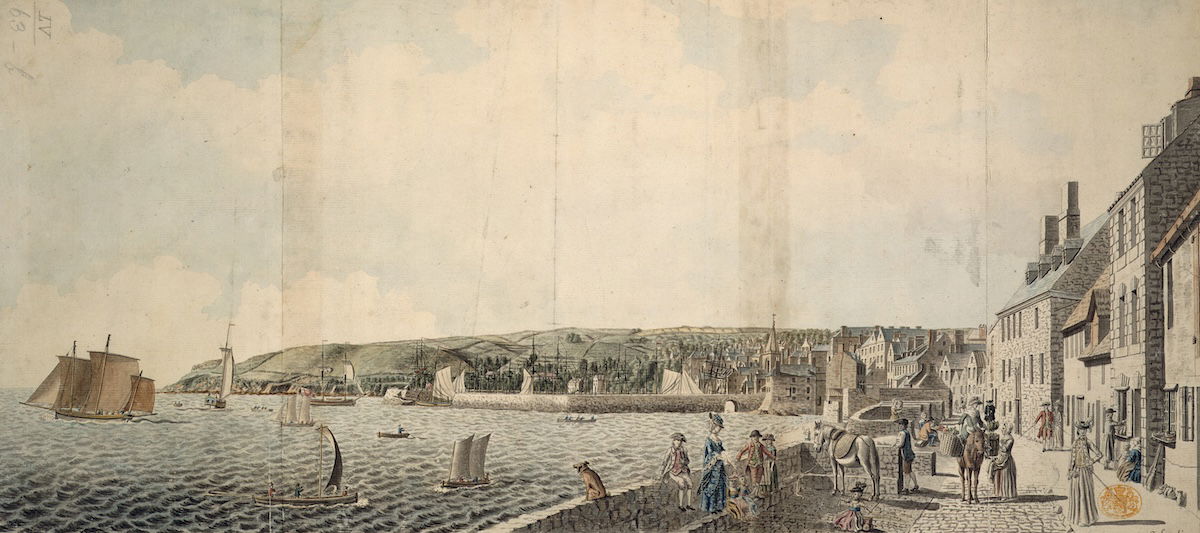Smuggling Under the Cover of Plague
For 18th-century smugglers in Guernsey and the Isle of Man, plague was a business opportunity.

In May 1720 an infected ship from the Levant arrived in Marseilles, bringing with it the last major epidemic of bubonic plague in Western Europe. The disease cut a devastating swathe through Provence, killing an estimated 119,000 people before it died out in late 1722. Reaction in the British Isles was febrile. Fears that here, too, the pestilence might travel as an unwelcome passenger of maritime commerce led to severe quarantine measures. Yet, as the London Journal wrote in December 1720, these measures could all be brought to nothing if smugglers ‘bring us the French Plague with their cursed Trade on the Sea Coast’.
Seeking to avoid an outbreak the British government tried to impose a maritime cordon sanitaire. Initially, in August 1720, the privy council ordered customs officers to prevent anyone (or anything) coming ashore from ships arriving from the Mediterranean, but in October 1720 the restrictions were extended to require all ships arriving from the Channel Islands or the Isle of Man to undergo a 40-day quarantine. Why? Because Guernsey and the Isle of Man were notorious smuggling centres.





